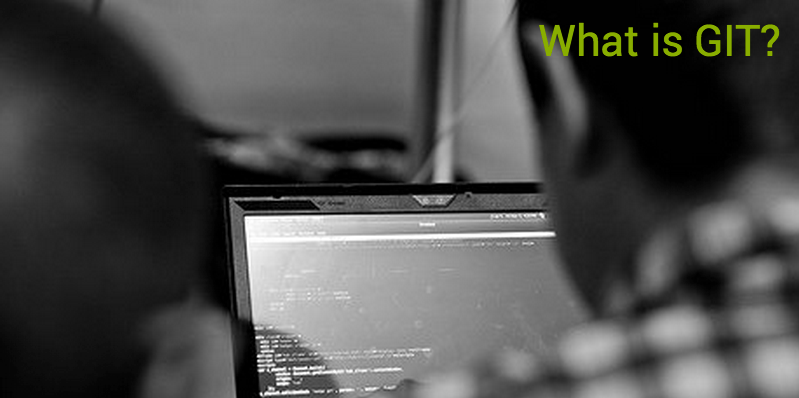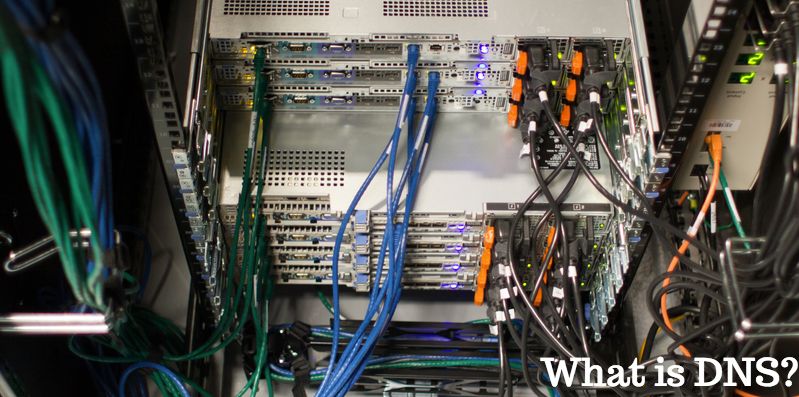
In today’s digital world, we all use Wikis frequently – probably even more so than we realize. A wiki is a collaborative application, typically online, where information is sourced, modified and expanded by its audience. Anyone is able to contribute his or her knowledge to a topic. Because there… Read More








